Challenge to solve
VR technology is increasingly being used in healthcare training programs as a way to simulate real-world scenarios and provide hands-on practice for medical professionals. But the use of controllers does not allow to get a sense of touch and perception of physical instruments or patients themselves. Touch makes a huge difference, as the perception of physical features plays an important role not only in effective learning, but also in diagnostics.
Implementation of haptic gloves
MedVR education is now using the SenseGlove Nova to enhance their healthcare training in virtual reality. In MedVR demo, the trainees find themselves in a virtual doctor’s office, about to perform an assessment of the patient. With this basic training scenario, the trainee can get to know the medical tools, and how to use them correctly during the medical assessment. By using the SenseGlove Nova, the trainee gets to experience the real physical features of the medical instruments and patient. This helps the trainee to better remember, and replicate the actions in real life.
The results
The use of haptic gloves has been a vital addition to the training. VR gloves have provided a far more immersive and realistic experience for the trainee, allowing them to actually feel the objects they are interacting within virtual reality.
Enabling the sense of touch for healthcare training creates a stronger mind-body connection, and in turn, results in vastly improved muscle memory compared to normal controllers. The natural interactions allowed with VR gloves result in trainees feeling far more confident about performing the tasks in real life. Learn more about why VR gloves could revolutionise healthcare.


